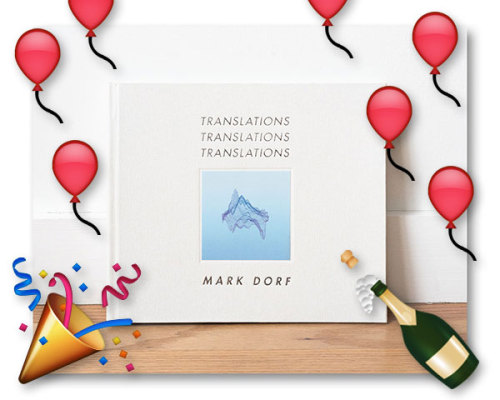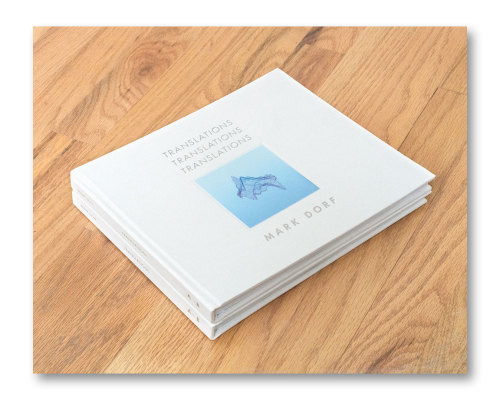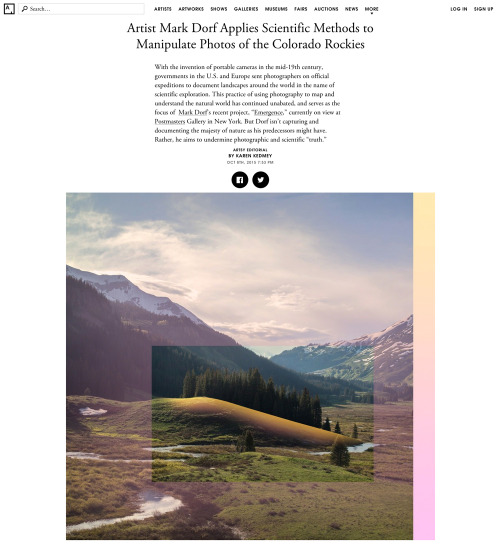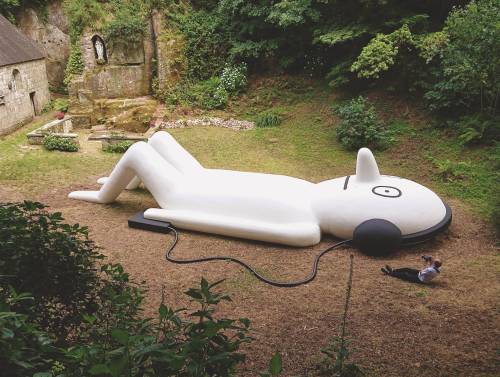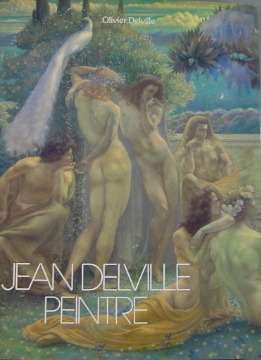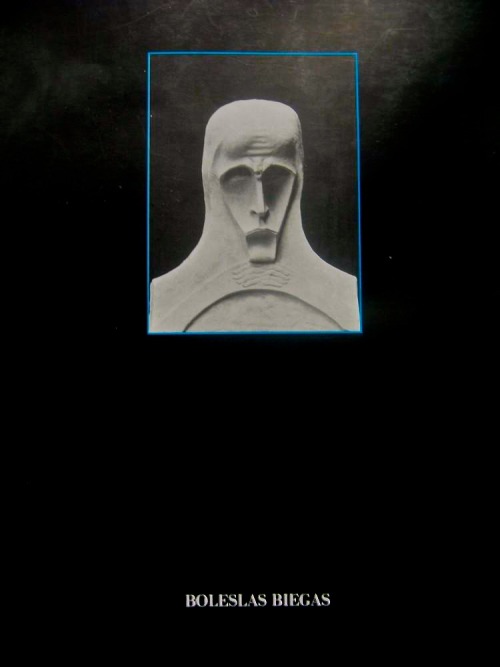#monograph
My new book, Translations, is now available for pre-sale over on Aint–Bad’s website. Go grab a copy!
Post link
I can’t thank you all enough! My monograph, TRANSLATIONS, is now fully funded with 16 days left in the campaign! Thank you so much for not only your supporting efforts, but also for sticking with me in all of my emails and updates. It is really greatly appreciated. Myself and Aint–Bad very much look forward to sharing this monograph with you. There are still some pre-sale books available for purchase through the Kickstarter up until the 11th of August!
Again, thank you for your continued support.
MARK DORF // TRANSLATIONS // KICKSTARTER
Post link
Thanks to all who have donated and supported the Kickstarter for my new monograph so far. Myself and those over at Aint–Bad are working hard to keep our momentum up and we are ecstatic to say that we are just over 60% funded with 24 days still left to go.
Additionally, we have added yet another great reward for those interested in backing the project. Sedition has kindly donated 30 editions of the video version of my image untitled9 from my series //_PATH– you can visit our Kickstarter page for more details.
Post link
Nice little article up today on Artsy about my series Emergence and the exhibition that is on view now at Postmasters. Thanks to everyone that came out last night for the book launch and artist talk. If you weren’t able to grab a book at the event, there are still some copies available online (each hand numbered and signed) at the link below:
Article:
ARTSY: MARK DORF
Book:
MARK DORF: EMERGENCE
Published by In The In-Between Editions
Exhibition:
MARK DORF: EMERGENCE
Postmasters Gallery
54 Franklin Street, NYC
On view until the 17th of October
Huge thanks to everyone at Postmasters GalleryandIn The In-Between!
Post link
Top rarest art catalogues - Symbolist artists
1) Olivier Delville. Jean Delville, peintre, 1867-1953. Brussels: Laconti, 1984.
2) Jean-Hughes Piettre. Kalmakoff. [exhibition: l'ange de l'abîme, 1873-1955 et les peintres du Mir Iskousstva, 26/03 - 17/05/1986], Paris: Musée-galerie de la Seita
3) Geneviève Lacambre,… et al. Autour de Lévy-Dhurmer: visionnaires et intimistes en 1900. [exhibition: Grand Palais 04-05/1973.
Lévy-Dhurmer, Aman-Jean, Albert Besnard, Le Sidaner, Henri Martin,
E.R Ménard, E.Maxence, etc]
4) Helen Bieri, … et al. Léon Spilliaert : vertiges et visions. [exhibition: Fondation Neumann, Gingins, Suisse, du 6/06 - 15/09/2002] Paris: Somogy
5) Xavier Deryng. Boleslas Biegas. [Trianon de Bagatelle, Paris, 21/05 - 30/08/1992] Paris : Société historique et littéraire polonaise
Post link










TWICE O+T=<3 - Momo Monograph Scan










TWICE O+T=<3 - Jeongyeon Monograph scan










TWICE O+T = <3 - Nayeon Monograph scan










Twaii~









Happy Happy~
– A man in a wheelchair and a wig would have stood up suddenly to stamp the cake at the Louvre.
According to witness testimony, the perpetrator was a man in a wheelchair who wore a wig. To the surprise of the other guests, he would have suddenly stood up and approached La Gioconda, throwing the cake at her.
But it is not the first attack on the painting.
- A man threw sulfuric acid at it in the 1950s, which had an effect on the painting, and a Bolivian student hit it with a stone.
- A woman in a wheelchair sprayed red paint on her wheelchair while she was at an exhibition in Tokyo in 1974, expressing her dissatisfaction with the lack of access ramps, though she never reached him.
- A Russian tourist threw a cup of tea at him in the summer of 2009.
Credit:Marca
Post link

Alvin Buenaventura (ed.): The Art of Daniel Clowes: Modern Cartoonist (2012)
Of the many students of Viennese architect Otto Wagner Jože Plečnik (1872-1957) surely was one of the most gifted: buildings like the Zacherlhaus and the Heilig-Geist-Kirche in Vienna, the renovation of the Prague Castle or the numerous iconic buildings in Ljubljana are testament to the overabundant creativity he unfurled all over the former Austria-Hungary and its successor states. Among the most prominent experts on Plečnik was Tomáš Valena who untimely died in 2019 and whose significant book „O Plečniku“ from 2013 finally was released in a German translation earlier this year: „Jože Plečnik: Für eine humanistische Architektur“, published by Birkhäuser, is a collection of essays that provide novel perspectives on the architect’s work under the auspices of space and landscape. Valena through the examples of the Prague Castle, his plannings for Split and the urban redevelopment of Ljubljana poses new questions to an architecture that is still capable of providing contemporary impulses: Plečnik, who was deeply rooted in tradition, took up the different strands that a particular place or site provided and joined them in his designs and buildings. Well-versed in history, philosophy and politics the architect e.g. with the Prague Castle transformed a historic building into a symbol of newly gained freedom and democracy. In an equally complex historical context Plečnik also transformed Ljubljana, the capital of Slovenia, with a clear idea in mind: to put the people in the center of his plannings. Through the renovation of bridges and the river banks, park and plazas as well as market buildings and several unrealized, very ambitious projects he gave the city a modern and decidedly civic identity. Tomáš Valena supplements these plannings with a genealogy of the architect’s ideas and their relation to history and philosophy.
Despite its high scientific value the present volume is a highly readable and thought-provoking addition to the overall Plečnik literature that once again proves that contemporary questions posed to historic architecture can yield surprising results. Highly recommended!
Post link
Thanks to Julius Shulman’s photographs his Stahl House (1959) is an icon of mid-century architecture and its creator Pierre Koenig (1924-2004) was catapulted into the limelight. The house, together with its predecessor, the Bailey House, was Koenig’s contribution to the legendary Case Study House Program initiated by John Entenza for his Arts & Architecture magazine. One who is intimately acquainted with Koenig’s life and work is Neil Jackson, architect and architectural historian, who in his last book provides an in-depth perspective on the oeuvre of the architect: „Pierre Koenig - A View from the Archive“, published by the Getty Trust Publications in 2019, is based on Koenig’s archive at the Getty that the author used to trace both his life and work. Koenig studied at the USC at a time when the post and beam construction was a central topic in the curriculum, a focal point Koenig didn’t share: his interest lied with steel, a material that would occupy him throughout his entire career. Accordingly the projects featured in the book are all based on his gradually refined steel frames as well as his adamant waiver of air condition in favor of natural ventilation. Having unrestricted access to all kinds of archival material Jackson documents each project in great detail: correspondence between client and architect, plan material and drawings documenting the progress of each building and occasional photographs add up to a highly readable examination of Koenig’s work. At the same time, and lending to the biographical material analyzed, the author provides a lively picture of the architect that includes such details as his plummeting grades at university after presenting projects based on steel constructions.
With this said Neil Jackson‘s is a valuable addition to James Steele‘s classic monograph that adds additional depth and detail to the overall picture of Pierre Koenig. A highly recommended read for anyone interested in California modern architecture.
Post link
In almost eight decades of active practice Oscar Niemeyer (1907-2012) designed a vast amount of projects covering a multitude of typologies. From his early involvement with the Ministry of Education and Health, the later design of Brasília with Lucio Costa, the Communist Party HQ in Paris during his forced exile in France to his late works Niemeyer actively wrote architectural history in Brazil and beyond. One of the most avid documentarist of Niemeyer’s built oeuvre is architectural photographer Leonardo Finotti who together with Andrey Schlee, Sylvia Fischer and Michelle Castro published „Oscar Niemeyer“ in 2021, a fantastic monograph featuring more than 180 of the architect’s buildings. Finotti arranged his photographs in such a way that similarities become apparent and recurring elements in different contexts and dimensions can be identified, a very interesting presentation that without words vividly explains the master’s architecture. Completely in black and white Finotti’s photographs form the coherent backbone of the book while at the same time providing the visual cues to the insightful essays included in the book: Andrey Schlee and Sylvia Fischer contributed a thorough yet diverting biographical sketch of Niemeyer’s long life that is organized along its many stages from his childhood to his late life and death. Of particular interest nonetheless is Nivaldo Andrade’s whose essay focuses on Niemeyer’s impact on 20th century Brazil with regards to art, culture and politics, an aspect that outside of Brazil is often overlooked. Being member of the Brazilian communist party PCB Niemeyer also took part in strikes, artists’ initiatives and the political discourse in Brazil. At the same time he was friends with numerous creatives, poets, musicians and intellectuals and actively took part in his country’s cultural life.
The present edition of the book is an artists’ edition that comes in a plexiglass slipcase with printing plates of Leonardo Finotti’s photographs of Niemeyer buildings on each side. It can be used either traditionally as slipcase or mounted on the wall as an artwork and makes the book beyond its great content that bit more special!
Post link
Except for his European projects Richard Neutra had almost all of his projects photographed by Julius Shulman, his trusted partner who turned many of his buildings into icons of modern architecture. Accordingly Shulman very much shaped the reception and perception of Neutra’s architecture which can most lavishly be experienced through the present monumental monograph: Barbara Mac Lamprecht and Peter Goessel’s „Neutra - Complete Works“, first published by Taschen in 2000 and later reissued in the present smaller edition which still is somewhat unwieldy. After a negligible introduction to Neutra’s work and life the book unfolds the entire panorama of the architect’s work including lesser-known gems and losses like the Von Sternberg House. Each project is accompanied by very insightful texts by Barbara Mac Lamprecht that combine design elaborations, Neutra quotes and building history, exceptional texts that are highly readable and very informative. What is still puzzling about the book is the plans: although newly drawn for every project they lack detail and surely don’t do justice to the architect’s elaborate representational idiom. The same goes for the complete absence of sections which might have made up for the overly simple plans. But aside from these flaws it is always a pleasure to browse through the book: page after page the carefully staged Neutra buildings remind the reader of Neutra‘s profound sense for creating unique habitats for each client.
Post link


